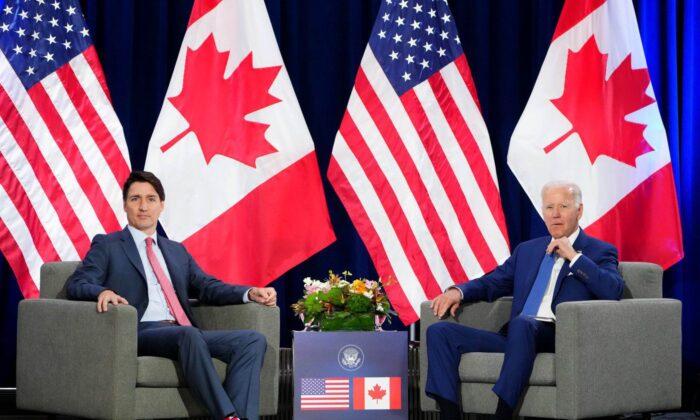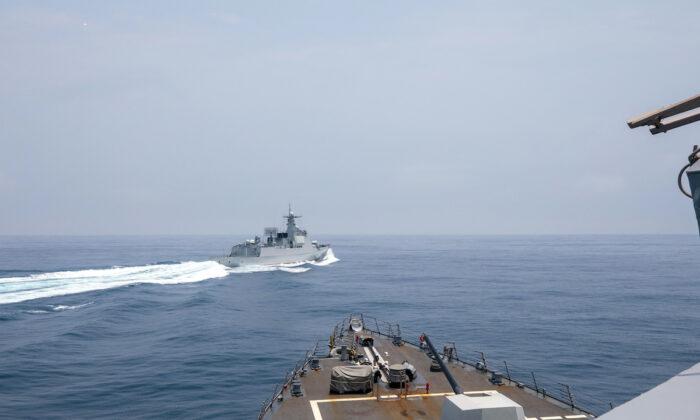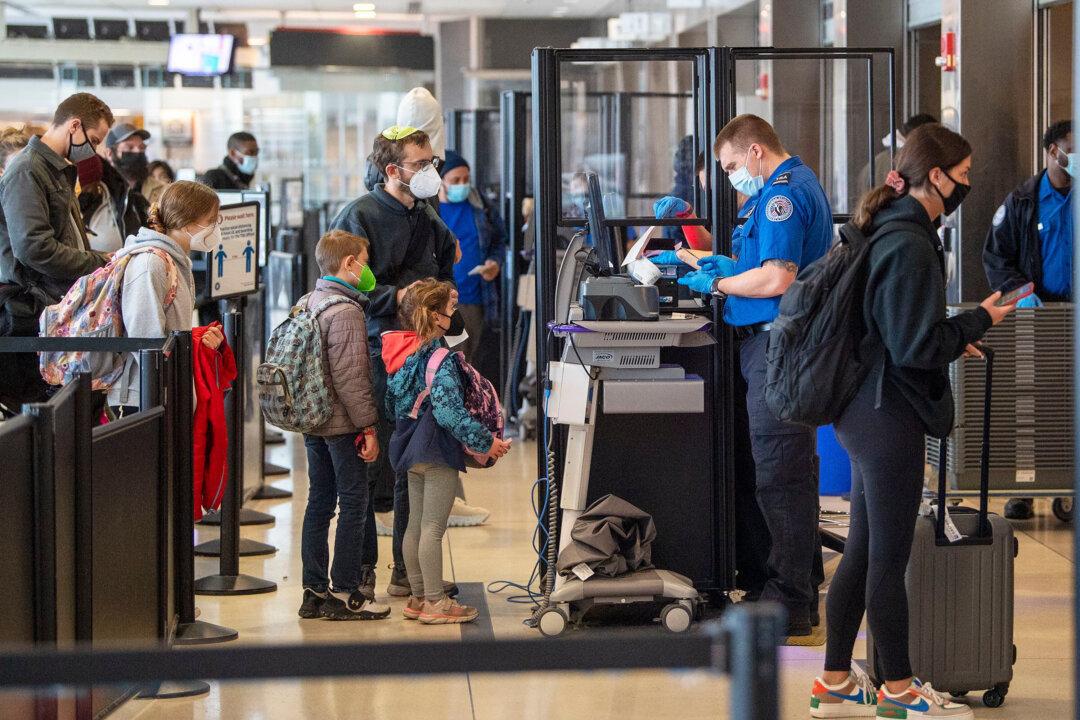But Biden’s trip will be not-so-sweet, especially for critics. In fact, it will more likely be frothy, soporific, and prone to more giveaways.
The White House provided a preview of the topics on tap between the two North American countries. “Canada, as you know, is not only a neighbor to the north, but a NATO ally,” said National Security Council spokesman John Kirby.
“There are a range of issues that you can imagine they‘ll talk about, everything from NORAD, and modernization of NORAD capabilities … military, and national security issues. ... Migration concerns, climate change. There’ll certainly be issues of trade to discuss.”
Biden will likely attempt to encourage Canada to increase its defense spending, which is below its NATO commitment of 2 percent. But that minimum level should have been a prerequisite for a U.S. presidential visit—a wasted opportunity to leverage Canada into doing the right thing concerning the defense of democracies and our allies.
When it comes to defense expenditures, promises without a deadline are no promises at all.
Biden’s Money for Canada
On economic and trade negotiations with Canada, as with Europe, Biden painted himself into a corner before getting elected by promising to dramatically improve relations with our allies. This lacked a strategic assessment of the source of alliance stressors, which was the last administration’s correction of past subsidy and tariff giveaways to Ottawa and Brussels.Some of that U.S. taxpayer money is not going to Americans.

His Liberal government immediately set to work luring companies around the world to build new factories in Canada for products to be sold at subsidized rates in the United States. U.S. taxpayers pay the subsidies, and Canadians get the jobs.
What we do know is that they have helped some companies, like GM, Volkswagen, and Michelin, to announce over $11 billion in 2022 for new electric-vehicle-related factories to be built in Canada, mainly for the supply of American consumers.
Quad 2.0
Canada is gradually increasing its defense expenditures from 1.3 percent of GDP in 2022–23 to 1.6 percent in 2026–27, according to Canada’s Parliamentary Budget Officer. But this is far below the 2 percent required of NATO members and even further below the U.S. level of 3.5 percent in 2022.While Canada has been slow to contribute to joint defense, Ottawa is just as quick in seeking the diplomatic limelight, with Trudeau acting as the lead.

But the prime minister’s antics are going unappreciated.
Likely due to Ottawa’s porosity to China and its low defense spending, Canada has been excluded from not only AUKUS—a technology-sharing grouping of Australia, the United Kingdom, and the United States—but the original Quadrilateral Security Dialogue between the United States, Japan, India, and Australia.
Unlike Trudeau’s novel diplomacy, the original Quad did some heavy diplomatic lifting as it is gradually networking a formerly independent India into democratic alliance systems.
Unfortunately, Quad 2.0 is a paper-thin diplomatic initiative where real dollars are needed to fill out Canada’s weak military. Trudeau’s diplomatic sleight-of-hand should not distract us from what we really need to defeat the emerging Sino-Russian alliance: more military spending, targeted exports to frontline defenders most in need, and the bringing of new alliance members into existing democratic alliance systems.
Poland has shown real leadership in developing alliances and promoting defense exports where those supports are lacking with respect to Ukraine, for example. Trudeau could make a real diplomatic contribution by doing the same for Taiwan.
Rather than add another Quad to an already balkanized system of Asian dialogues, Trudeau should promote the further integration of countries currently left out of the U.S. hub-and-spoke system of alliances, like Taiwan, or promote the inclusion of our closest Asian-Pacific partners, like Japan, South Korea, and Australia, in the NATO alliance.
That would be a real achievement, eh?





